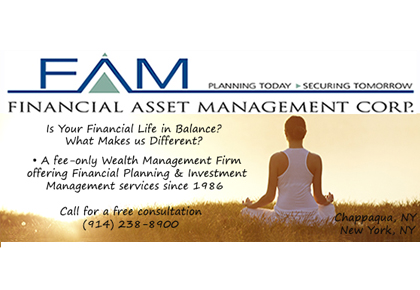Ken Almstead: Fall Landscaping 101
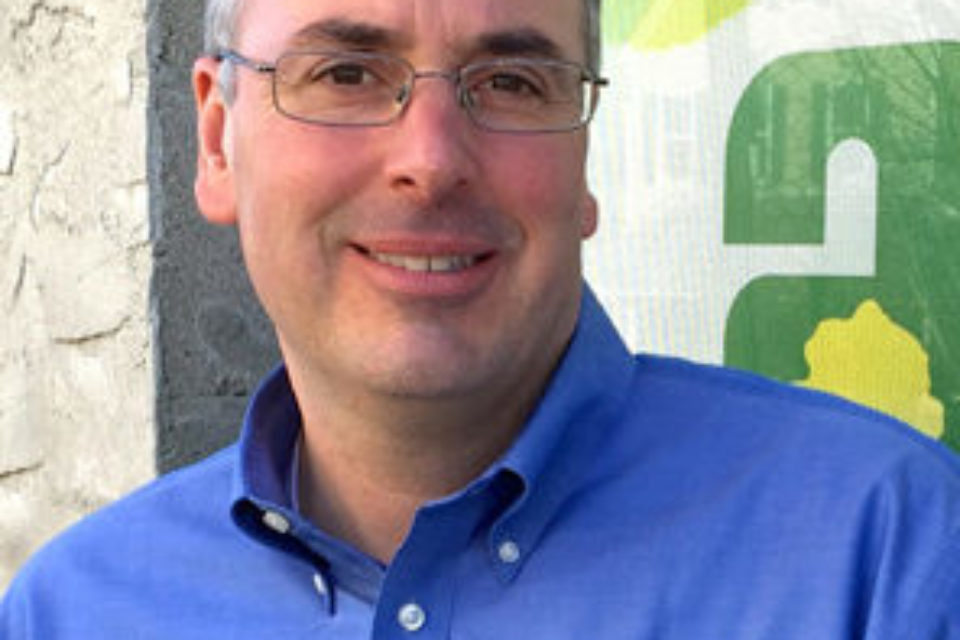
Ken Almstead: Fall Landscaping 101: Fall is a good time to inspect, restore and prepare your landscape for not only the coming winter but for next spring as well. Here are some tips from Ken Almstead, CEO of Almstead Tree, Shrub & Lawn Care Company, to help you to protect your property, and get it ready for a prosperous growing season in 2016.
Prune some species of trees
Fall may be a good time to prune certain species in order to prevent the start of diseases that can affect them. It is also the perfect time to prune deciduous (leafy) trees as well as certain evergreens also known as conifers. Consult with a certified arborist about your specific trees and shrubs before you start pruning. It may be better to wait until winter to prune some species of trees.
Inspect for Stress
Fall is an opportune time for a professionally trained certified arborist to inspect your trees and tell you which trees are in a state of decline or exhibiting stress. The trees that are showing indications of declining health are more prone for failure in extreme weather conditions. Various fruiting bodies, also known as conks (see image below) could be an indication of severe heartwood or root decay. Trees that are losing leaves earlier in the season and/or are chlorotic or turn to fall color earlier than other trees of the same species is another sign of a tree that is stressed. In the early stages, some of these issues may be corrected in time while others with a high risk of failure may need to be removed.
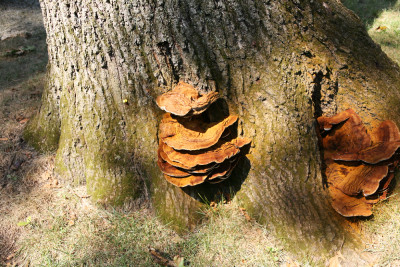 Trained arborists perform and conduct various testing and inspections in order to evaluate the risk associated with trees — also known as “Tree Risk Assessment.” There is an actual training and qualification program by the International Society of Arboriculture (ISA) for this type of assessment. “This qualification promotes the safety of people and property by providing a standardized and systematic process for assessing tree risk. The results of a tree risk assessment can provide tree owners and risk managers with the information to make informed decisions to enhance tree benefits, health, and longevity.” It is thus best to choose an arborist who has completed the ISA’s TRAQ (Tree Risk Assessment Qualification) to inspect and evaluate your trees.
Trained arborists perform and conduct various testing and inspections in order to evaluate the risk associated with trees — also known as “Tree Risk Assessment.” There is an actual training and qualification program by the International Society of Arboriculture (ISA) for this type of assessment. “This qualification promotes the safety of people and property by providing a standardized and systematic process for assessing tree risk. The results of a tree risk assessment can provide tree owners and risk managers with the information to make informed decisions to enhance tree benefits, health, and longevity.” It is thus best to choose an arborist who has completed the ISA’s TRAQ (Tree Risk Assessment Qualification) to inspect and evaluate your trees.
Install additional support to structurally weak trees
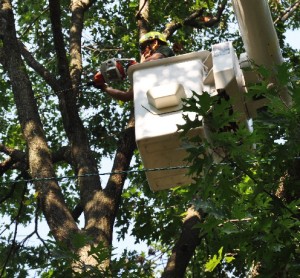 Many trees, based upon their structure and location to targets, need additional support to reduce the risk of structural failure and prevent injury to people or damage to property. The most common reason is the presence of one or more co-dominant stems or v-shaped crotches. Cabling and bracing can sometimes be used as a solution to prevent or greatly prolong these potential tree failures in combination with pruning. Ask a certified arborist to inspect your trees in order to evaluate this potential solution for tree failure. Not all structural defects can be corrected in this way. The “v-shaped crotch” on the tree, pictured here, is structurally weak so a cable is installed for additional support.
Many trees, based upon their structure and location to targets, need additional support to reduce the risk of structural failure and prevent injury to people or damage to property. The most common reason is the presence of one or more co-dominant stems or v-shaped crotches. Cabling and bracing can sometimes be used as a solution to prevent or greatly prolong these potential tree failures in combination with pruning. Ask a certified arborist to inspect your trees in order to evaluate this potential solution for tree failure. Not all structural defects can be corrected in this way. The “v-shaped crotch” on the tree, pictured here, is structurally weak so a cable is installed for additional support.
Plant new trees and ornamental shrubs:
Fall is another opportunity to plant some species of trees and ornamental shrubs. The moist soil helps trees and shrubs establish their root system. The result is a stronger, better-developed root system for the next spring when the plant begins to grow. Most deciduous shrubs can be planted in fall. Talk to your arborist about which species are best suited for planting during the fall season.
Prepare your lawn
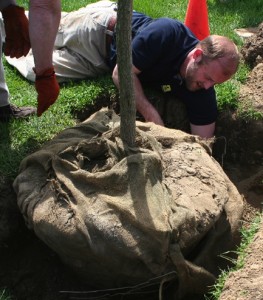 It is best to pay attention to your lawn when it is still green to help it withstand winter and return with more vitality in spring. Here’s what needs to be done in fall for your lawn:
It is best to pay attention to your lawn when it is still green to help it withstand winter and return with more vitality in spring. Here’s what needs to be done in fall for your lawn:
- Test your soil for existing levels of nutrients, pH and other factors that contribute to how well grass grows. A lawn care specialist can perform a soil test and add the appropriate fertilizer. If acidity needs to be reduced an application of lime may be needed.
- Aerate your lawn: Core aeration involves creating small holes in the soil to allow air, water and nutrients to penetrate the roots of the grass. When soil is compacted, the movement of oxygen, nutrients, and water to the turf’s roots is restricted. This results in a slow-growing, thin lawn. Since the flow of nutrients is also decreased, turf grown in compacted soils can quickly become vulnerable to drought, disease, and insect damage. Aerating your lawn removes small cores of soil from the turf, allowing air, water, and nutrients to penetrate the soil.
- Over-seed: This refers to the adding of grass seeds directly into existing turf. It is an easy way to fill in bare spots, improve the color and density of the turf and make it less susceptible to diseases by adding a variety of hardy grass types based upon the site conditions. Many varieties of superior grass seeds have been developed to resist certain pest infestations. An appropriate blending of the right grass specie based upon the site conditions will ensure the best growing and turf conditions.
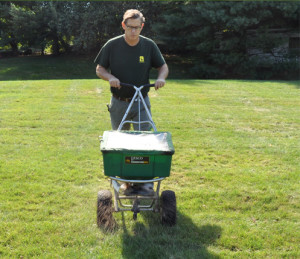
- Top-dress your turf: One of the best ways to ensure you have a great turf is to add a layer of organic high-grade compost and sand mix. This top dressing before seeding will give the seeds even more soil to grab onto – and the right diet to thrive. Compost consists of biological organic matter and contains a full spectrum of essential plant nutrients that will make your lawn healthy and less prone to diseases.
Almstead Tree, Shrub and Lawn Care provides arbor care, plant health care, lawn care, organic care, consulting, planting and mulch services for commercial and residential clients in Westchester County. They operate four branch offices including one in Hawthorne. (Almstead Tree, Shrub and Lawn Care, 15 Broadway, Hawthorne, 914.741.1510; www.almstead.com)
More Lawn & Tree Care Tips from Ken Almstead.
Tree Pruning Tips from Ken Almstead


















